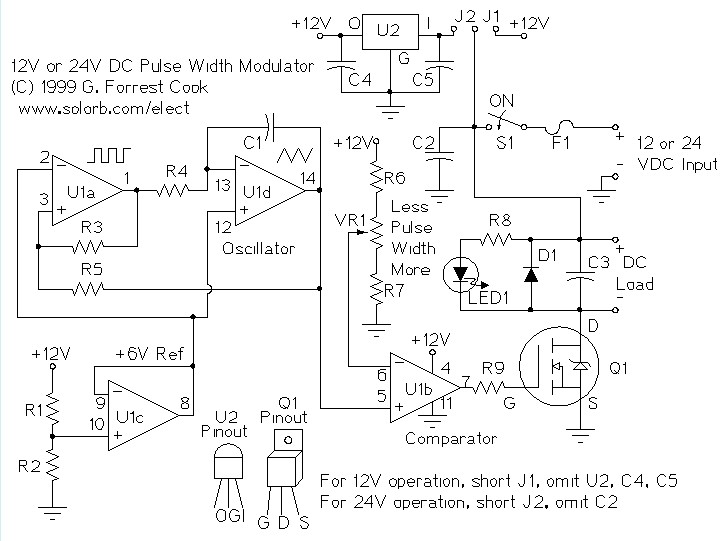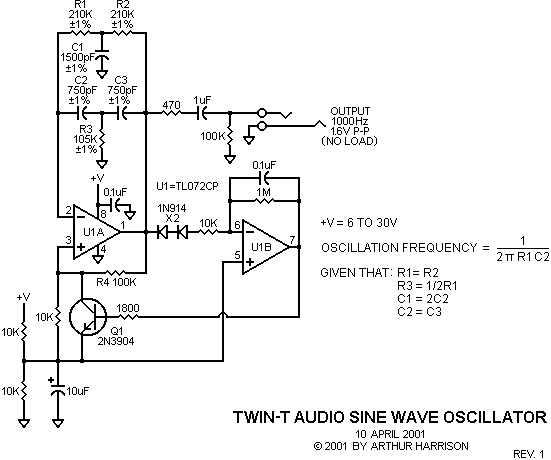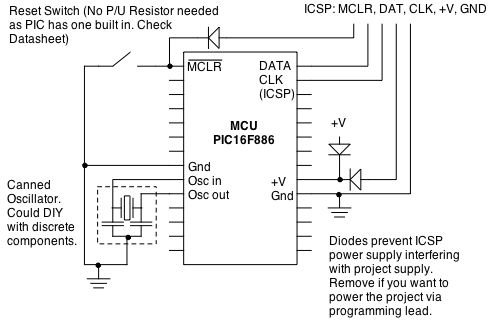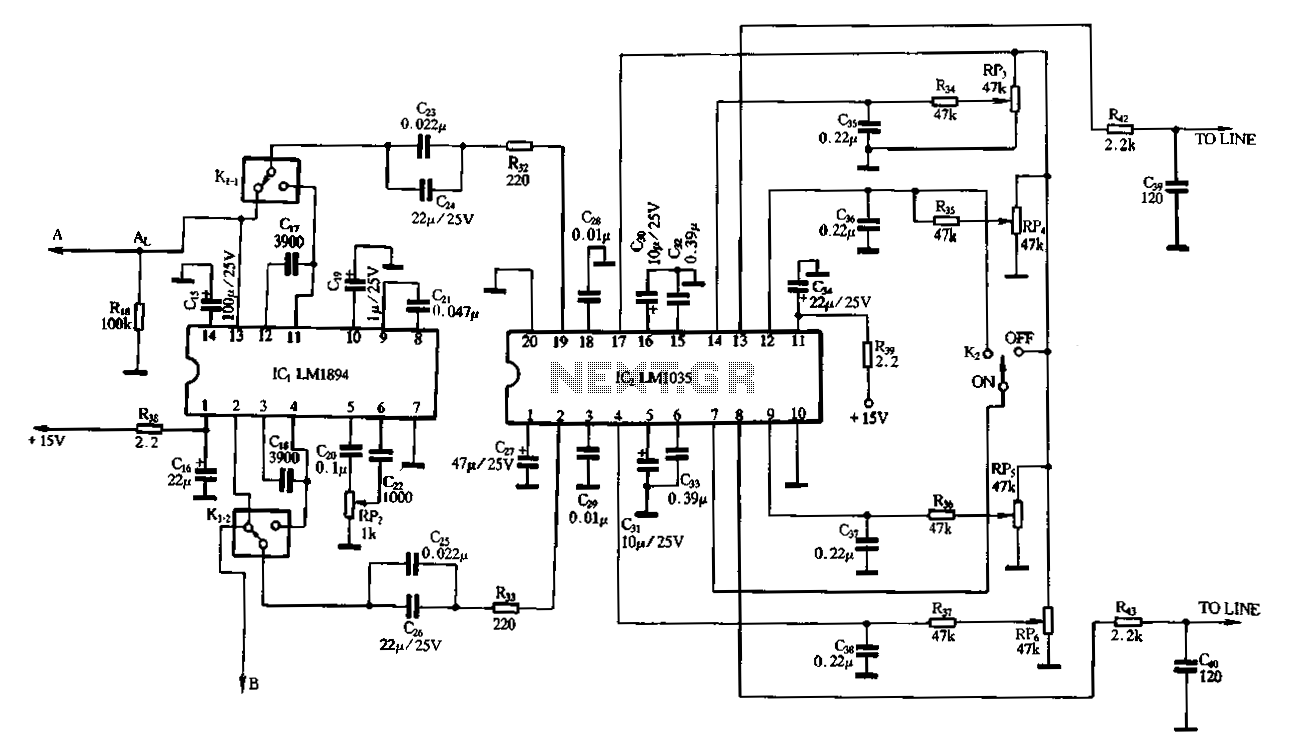
gsm gps based vehicle theft control
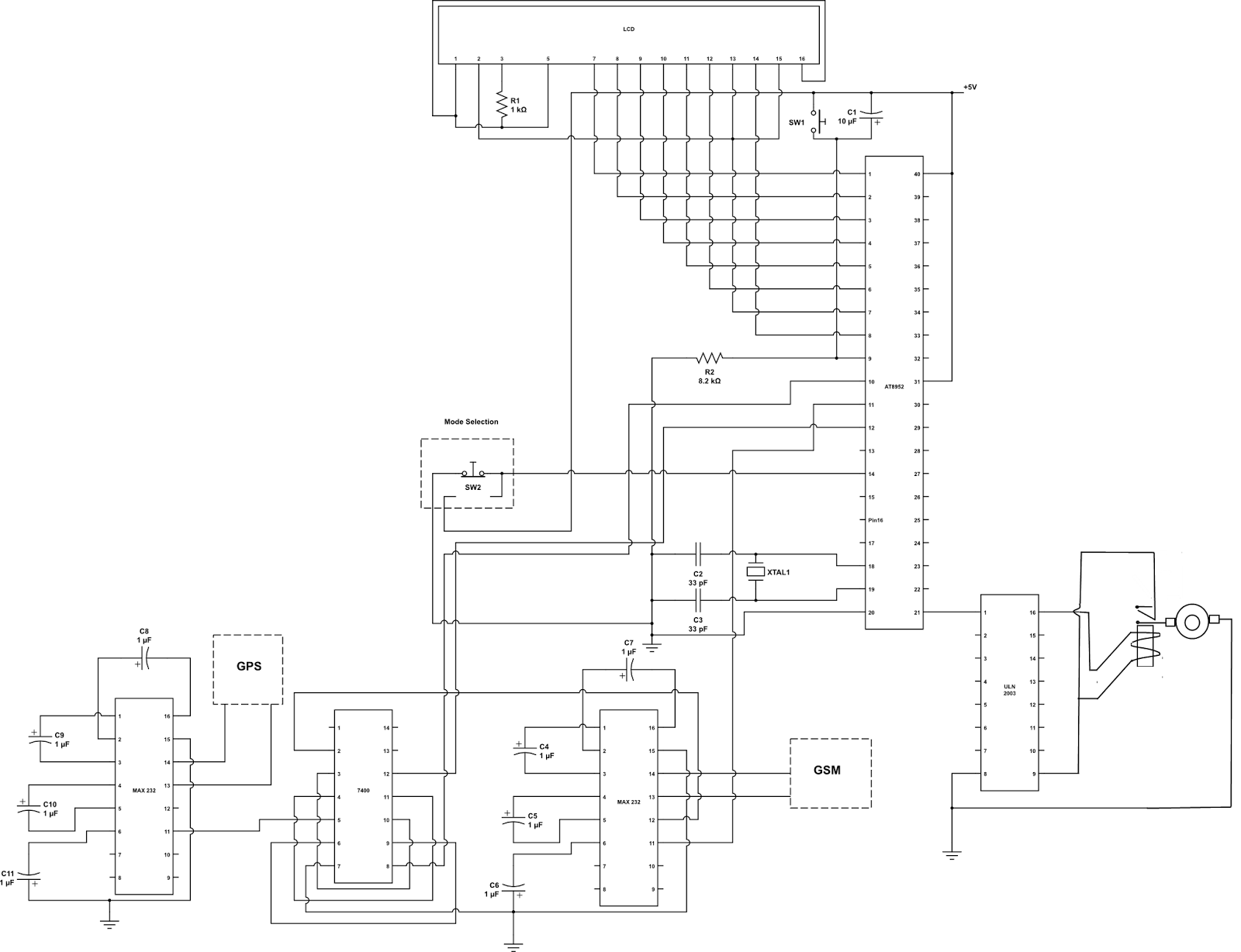
This project focuses on the design and development of a theft control system for automobiles, aimed at preventing and controlling vehicle theft. The system utilizes an embedded design based on GSM and GPS technology. It is installed within the vehicle and incorporates a GSM modem (SIMCOM's SIM 300, which operates in the 900 MHz and 1.8 GHz bands, supporting a data transfer speed of up to 9.6 kbps) and a GPS module, both connected to a microcontroller that interfaces with the vehicle's engine. In the event of theft, the vehicle owner can dial a specific number linked to the GSM modem in the vehicle. Upon receiving the call, the system automatically locks the engine and sends an SMS to the owner's mobile phone, indicating the vehicle's exact location via the GPS modem. The vehicle can only be unlocked by entering a secure password, which is facilitated through a 4x3 keypad interfaced with the LPC 2148 microcontroller. The primary concept of this design is the integration of GSM and GPS technologies into a compact and cost-effective embedded system. The entire unit is implemented on a single chip. When the vehicle is stolen, the owner can call the device, which will stop the engine, as indicated by a DC motor, and send an SMS with the vehicle's location to the authorized person. The vehicle remains locked until the correct password is entered.
The theft control system is structured around several key components that work together to provide a reliable and efficient solution for vehicle security. The GSM modem serves as the communication interface, allowing the vehicle owner to remotely interact with the system. The choice of the SIMCOM SIM 300 modem ensures compatibility with both GSM frequency bands, enhancing the reliability of communication in various regions.
The GPS module plays a crucial role in determining the vehicle's location. It continuously receives signals from satellites, allowing for accurate positioning. This information is critical in the event of a theft, as it enables the owner to track the vehicle's whereabouts in real-time.
The microcontroller, specifically the LPC 2148, acts as the brain of the system, orchestrating the interactions between the GSM modem, GPS module, and the vehicle's engine control unit. The integration of a 4x3 keypad allows for secure access to the system, ensuring that only authorized users can unlock the vehicle. The keypad interface is designed to be user-friendly, providing a straightforward method for entering the secure password.
Additionally, the system includes a DC motor that acts as an indicator for the engine's status. When the owner initiates a call to the GSM modem, the DC motor is activated to signal that the engine has been successfully stopped. This feature not only provides visual feedback but also enhances the overall security by ensuring that the vehicle cannot be driven away.
Overall, this theft control system exemplifies the effective use of modern technology to enhance vehicle security. Its compact design, combined with the integration of GSM and GPS technologies, offers a practical solution for automobile theft prevention. The system's low cost and simplicity make it accessible to a wide range of vehicle owners, contributing to improved safety and peace of mind.This project deals with the design and development of theft control system for automobile, which is being used to prevent/control the theft of a vehicle. The developed system makes use of an embedded system based on GSM/ GPS technology. The designed and developed system is installed in the vehicle. An interfacing GSM MODEM(SIMCOM`s SIM 300 GSM operates in the 900MHz and 1. 8GHz bands GSM supports data transfer speed of up to 9. 6 kbps) and the GPS which are connected to the microcontroller, which in turn, connected to the engine. Once the vehicle is being stolen, the information is being used by the vehicle owner for further processing.
Where by sitting at a remote place, a particular number is being dialed by them to interfacing GSM MODEM that is with the hardware kit which is installed in the vehicle. By reading the signals received by the mobile, the engine is locked automatically and sends the SMS to the dialed no stating the exact position using GPS modem.
Again it will come to the normal condition only after entering a secured password by the owner of the vehicle. The main concept in this design is introducing the GSM and GPS technologies into the embedded system.
The designed unit is very simple and low cost. The entire designed unit is on a single chip. When the vehicle is stolen, owner will give a call to the kit placed in vehicle engine automatically stop which is indicated by the DC motor in turn sends the SMS to the authorized person showing the exact location using GPS. The car will unlock until the password is entered is entered with help of 4x3 key pad interfaced to LPC 2148 by the authorized person.
🔗 External reference
The theft control system is structured around several key components that work together to provide a reliable and efficient solution for vehicle security. The GSM modem serves as the communication interface, allowing the vehicle owner to remotely interact with the system. The choice of the SIMCOM SIM 300 modem ensures compatibility with both GSM frequency bands, enhancing the reliability of communication in various regions.
The GPS module plays a crucial role in determining the vehicle's location. It continuously receives signals from satellites, allowing for accurate positioning. This information is critical in the event of a theft, as it enables the owner to track the vehicle's whereabouts in real-time.
The microcontroller, specifically the LPC 2148, acts as the brain of the system, orchestrating the interactions between the GSM modem, GPS module, and the vehicle's engine control unit. The integration of a 4x3 keypad allows for secure access to the system, ensuring that only authorized users can unlock the vehicle. The keypad interface is designed to be user-friendly, providing a straightforward method for entering the secure password.
Additionally, the system includes a DC motor that acts as an indicator for the engine's status. When the owner initiates a call to the GSM modem, the DC motor is activated to signal that the engine has been successfully stopped. This feature not only provides visual feedback but also enhances the overall security by ensuring that the vehicle cannot be driven away.
Overall, this theft control system exemplifies the effective use of modern technology to enhance vehicle security. Its compact design, combined with the integration of GSM and GPS technologies, offers a practical solution for automobile theft prevention. The system's low cost and simplicity make it accessible to a wide range of vehicle owners, contributing to improved safety and peace of mind.This project deals with the design and development of theft control system for automobile, which is being used to prevent/control the theft of a vehicle. The developed system makes use of an embedded system based on GSM/ GPS technology. The designed and developed system is installed in the vehicle. An interfacing GSM MODEM(SIMCOM`s SIM 300 GSM operates in the 900MHz and 1. 8GHz bands GSM supports data transfer speed of up to 9. 6 kbps) and the GPS which are connected to the microcontroller, which in turn, connected to the engine. Once the vehicle is being stolen, the information is being used by the vehicle owner for further processing.
Where by sitting at a remote place, a particular number is being dialed by them to interfacing GSM MODEM that is with the hardware kit which is installed in the vehicle. By reading the signals received by the mobile, the engine is locked automatically and sends the SMS to the dialed no stating the exact position using GPS modem.
Again it will come to the normal condition only after entering a secured password by the owner of the vehicle. The main concept in this design is introducing the GSM and GPS technologies into the embedded system.
The designed unit is very simple and low cost. The entire designed unit is on a single chip. When the vehicle is stolen, owner will give a call to the kit placed in vehicle engine automatically stop which is indicated by the DC motor in turn sends the SMS to the authorized person showing the exact location using GPS. The car will unlock until the password is entered is entered with help of 4x3 key pad interfaced to LPC 2148 by the authorized person.
🔗 External reference
